BROWN, Robert (1773-1858). A Brief Account of Microscopical Observations Made in the Months of June, July, and August, 1827, on the Particles Contained in the Pollen of Plants; and on the general existence of active molecules in organic and inorganic bodies... [Not Published.] [London:] Printed by Richard Taylor [1828]. 8 o (220 x 142 mm). Collation: A 8. 8 leaves. Original plain grey wrappers. Provenance : Ren-Joachim-Henri Dutrochet (1776-1847), animal and plant physiologist, author of the first important study of osmosis and diffusion, published in 1827 (author's presentation inscription on title, "For Mons r Dutrochet, Correspondant de l'Acad[mie] des Sciences from the Author"; 8 o sheet with one page of notes by Dutrochet on Brown's article, loosely inserted). PRESENTATION COPY OF THE VERY RARE PRIVATELY PRINTED FIRST EDITION of Brown's description of the molecular phenomenon later known as "Brownian motion," one of the most important discoveries of the nineteenth century. A brilliant Scottish botanist who had accompanied Matthew Flinders on his 1801-1805 exploratory voyage to Australia and who made substantial contributions to plant taxonomy and to cellular morphology, Brown first noticed the continuous zig-zag movement of minute particles suspended in a fluid in June 1827, while examining microscopic pollen grains of the herb Clarke pulchella . Concluding from observation that the movement was neither the effect of "currents in the fluid nor... its gradual evaporation, but belonged to the particle itself" (p. 5), Brown proceeded to a methodical microscopic examination of every imaginable type of substance, organic and inorganic (including "a fragment of the Sphinx"), and found that all exhibited the same erratic motion when ground to a fine powder and suspended in water. Brown was careful in reporting his investigations to disclaim any originality for his discovery, similar observations of the motion of pollen particles having been made by the microscopists J. T. Needham and von Gleichen-Russworm, "but to Brown belongs the credit for establishing such motion as a property not simply of living pollen but of all minute particles, inorganic as well as organic, suspended in a fluid" (DSB). "Brown's paper is a tour de force , a beautifully constructed crescendo on the widening implications of his findings... Brown... dispelled the animist views of the construction of organic bodies by equating them in their fundamentals with inorganic ones. After the flurry at the end of the 1820s however, the importance for physics was not appreciated until after his death" (D. J. Mabberley, Jupiter botanicus, Robert Brown of the British Museum , London 1985, p. 273). In 1879 William Ramsay showed that Brownian movement was the result of the particles' bombardment by molecules, a theory that was experimentally proven in 1908 by Jean Perrin, who was at the time unaware of Einstein's 1905 paper on molecular kinetic theory ("ber die von der molekular-kinetischen Theorie der Wrme geforderte Bewegung von in ruhenden Flssigkeit suspendierten Teilchen": see lot 1048), which explained Brownian motion as a manifestation of the kinetic theory of heat. As was his wont, Brown had this short paper initially printed privately for his personal distribution; its journal publication appeared a few months later (see following lot). The presentation of this copy to the French physicist and physiologist Henri Dutrochet, one of the earliest proponents of the cell theory, is a particularly evocative association. Dibner Heralds of Science 156; PMM 290; Waller 11473; Norman 353.
BROWN, Robert (1773-1858). A Brief Account of Microscopical Observations Made in the Months of June, July, and August, 1827, on the Particles Contained in the Pollen of Plants; and on the general existence of active molecules in organic and inorganic bodies... [Not Published.] [London:] Printed by Richard Taylor [1828]. 8 o (220 x 142 mm). Collation: A 8. 8 leaves. Original plain grey wrappers. Provenance : Ren-Joachim-Henri Dutrochet (1776-1847), animal and plant physiologist, author of the first important study of osmosis and diffusion, published in 1827 (author's presentation inscription on title, "For Mons r Dutrochet, Correspondant de l'Acad[mie] des Sciences from the Author"; 8 o sheet with one page of notes by Dutrochet on Brown's article, loosely inserted). PRESENTATION COPY OF THE VERY RARE PRIVATELY PRINTED FIRST EDITION of Brown's description of the molecular phenomenon later known as "Brownian motion," one of the most important discoveries of the nineteenth century. A brilliant Scottish botanist who had accompanied Matthew Flinders on his 1801-1805 exploratory voyage to Australia and who made substantial contributions to plant taxonomy and to cellular morphology, Brown first noticed the continuous zig-zag movement of minute particles suspended in a fluid in June 1827, while examining microscopic pollen grains of the herb Clarke pulchella . Concluding from observation that the movement was neither the effect of "currents in the fluid nor... its gradual evaporation, but belonged to the particle itself" (p. 5), Brown proceeded to a methodical microscopic examination of every imaginable type of substance, organic and inorganic (including "a fragment of the Sphinx"), and found that all exhibited the same erratic motion when ground to a fine powder and suspended in water. Brown was careful in reporting his investigations to disclaim any originality for his discovery, similar observations of the motion of pollen particles having been made by the microscopists J. T. Needham and von Gleichen-Russworm, "but to Brown belongs the credit for establishing such motion as a property not simply of living pollen but of all minute particles, inorganic as well as organic, suspended in a fluid" (DSB). "Brown's paper is a tour de force , a beautifully constructed crescendo on the widening implications of his findings... Brown... dispelled the animist views of the construction of organic bodies by equating them in their fundamentals with inorganic ones. After the flurry at the end of the 1820s however, the importance for physics was not appreciated until after his death" (D. J. Mabberley, Jupiter botanicus, Robert Brown of the British Museum , London 1985, p. 273). In 1879 William Ramsay showed that Brownian movement was the result of the particles' bombardment by molecules, a theory that was experimentally proven in 1908 by Jean Perrin, who was at the time unaware of Einstein's 1905 paper on molecular kinetic theory ("ber die von der molekular-kinetischen Theorie der Wrme geforderte Bewegung von in ruhenden Flssigkeit suspendierten Teilchen": see lot 1048), which explained Brownian motion as a manifestation of the kinetic theory of heat. As was his wont, Brown had this short paper initially printed privately for his personal distribution; its journal publication appeared a few months later (see following lot). The presentation of this copy to the French physicist and physiologist Henri Dutrochet, one of the earliest proponents of the cell theory, is a particularly evocative association. Dibner Heralds of Science 156; PMM 290; Waller 11473; Norman 353.



.jpg)

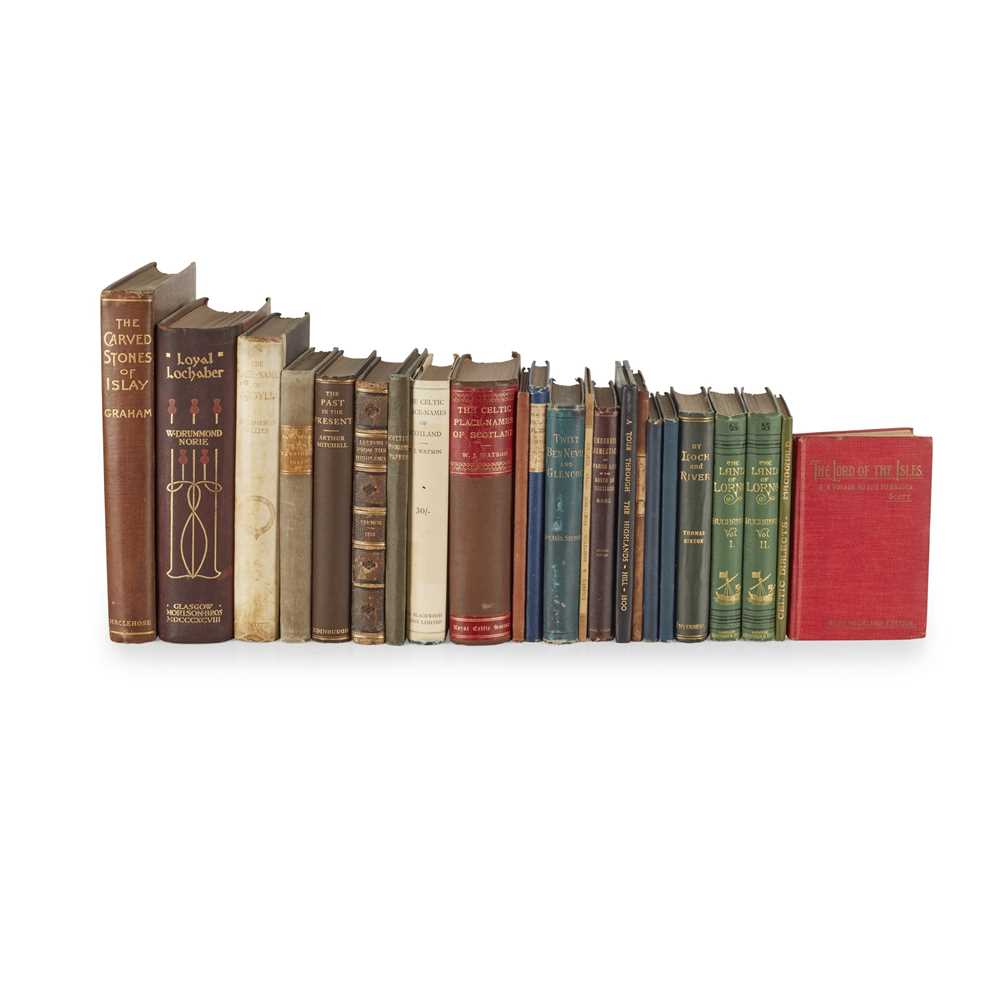
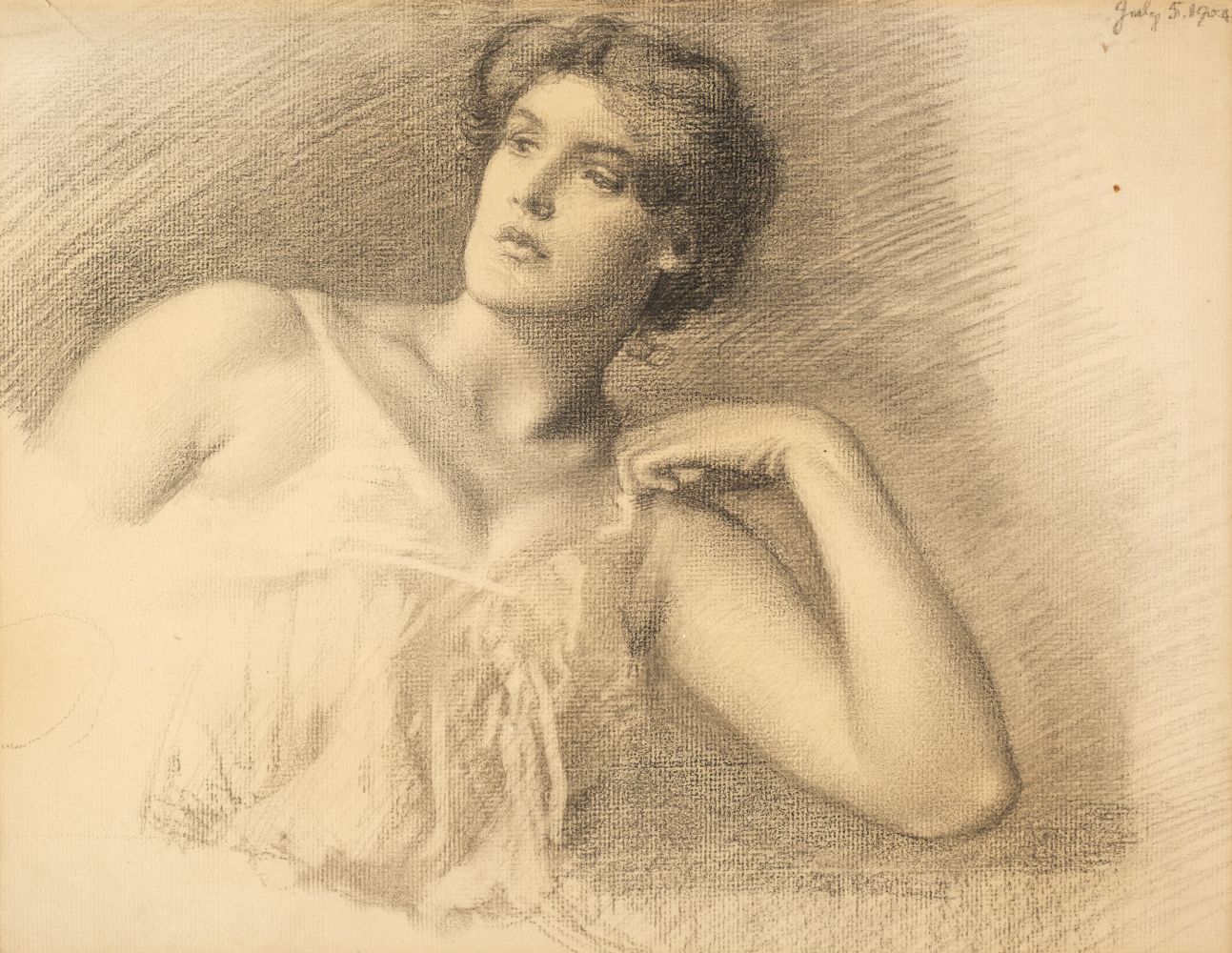

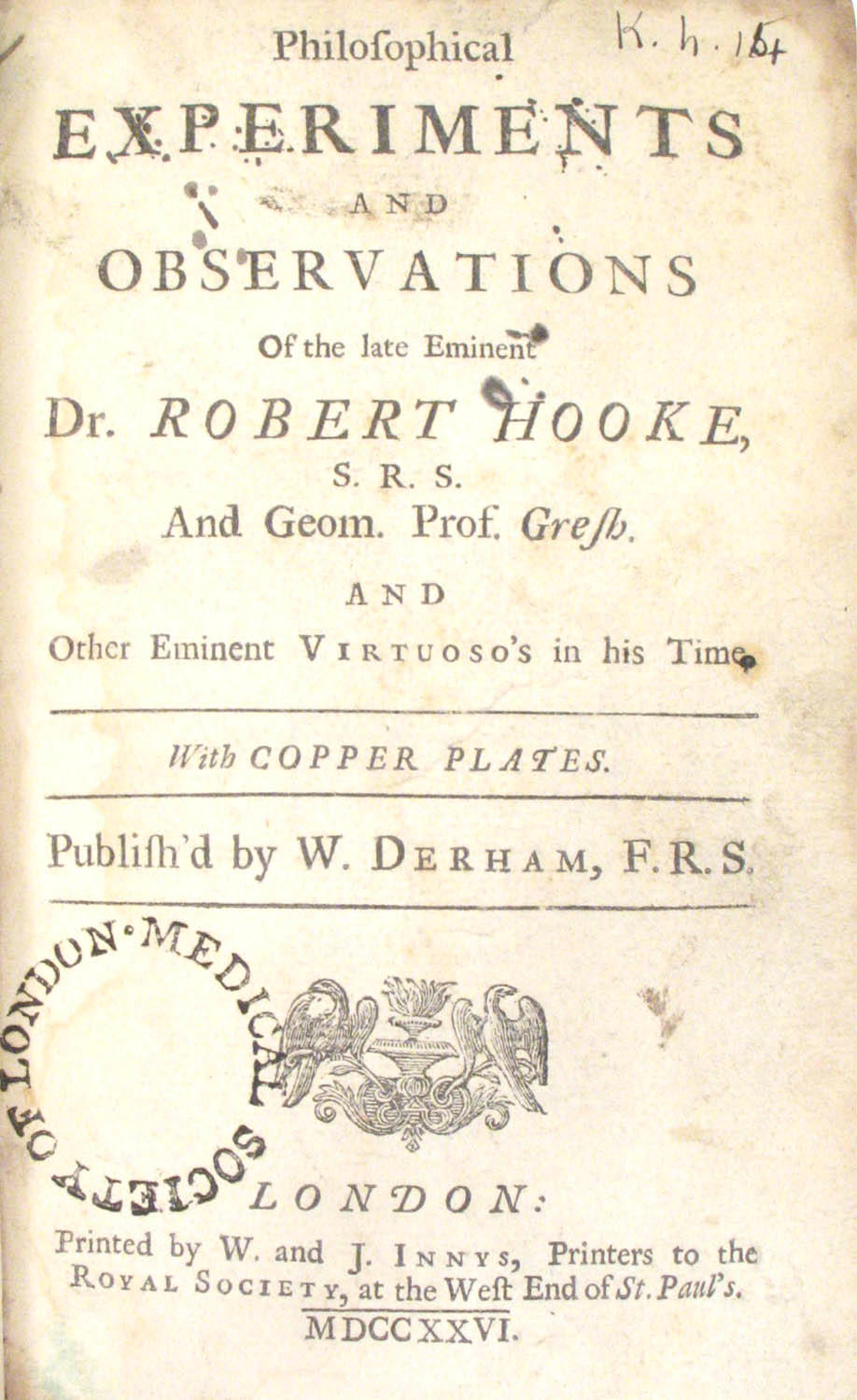
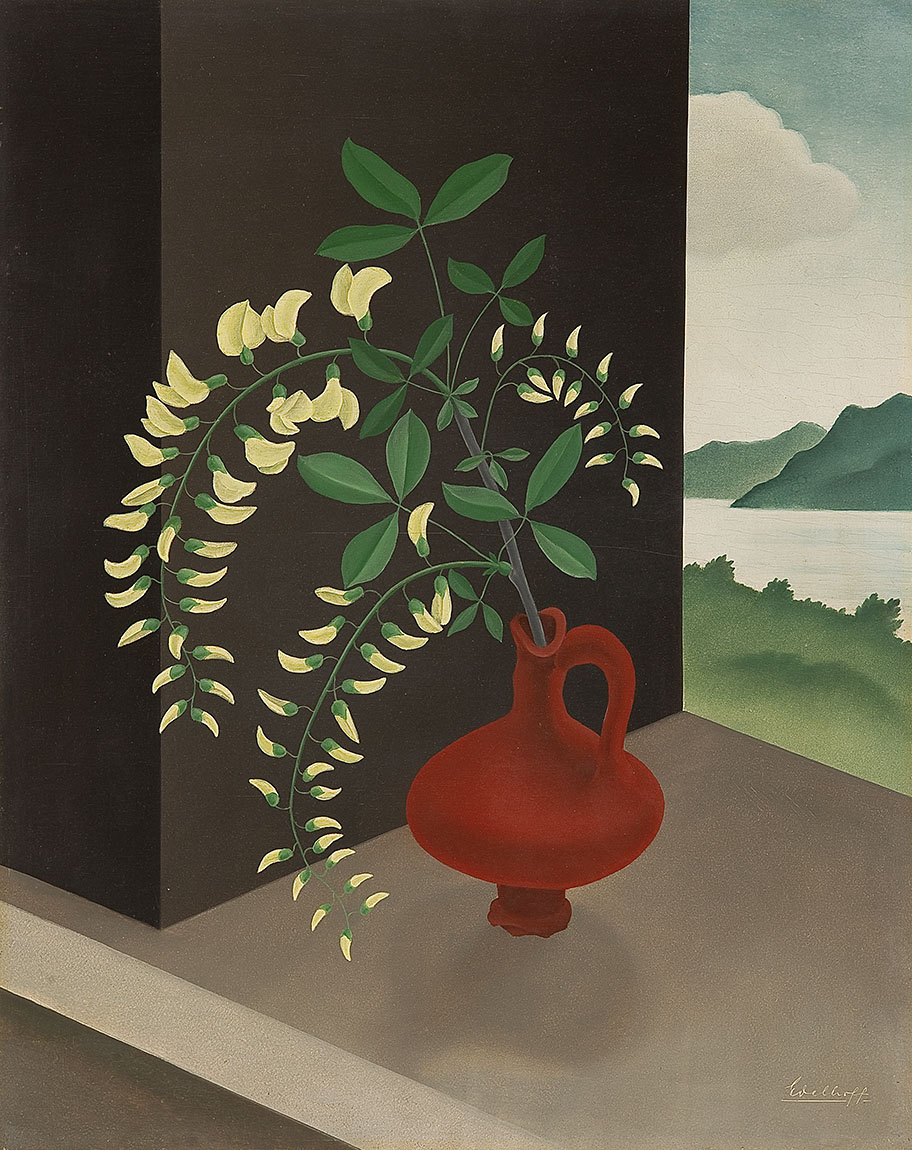
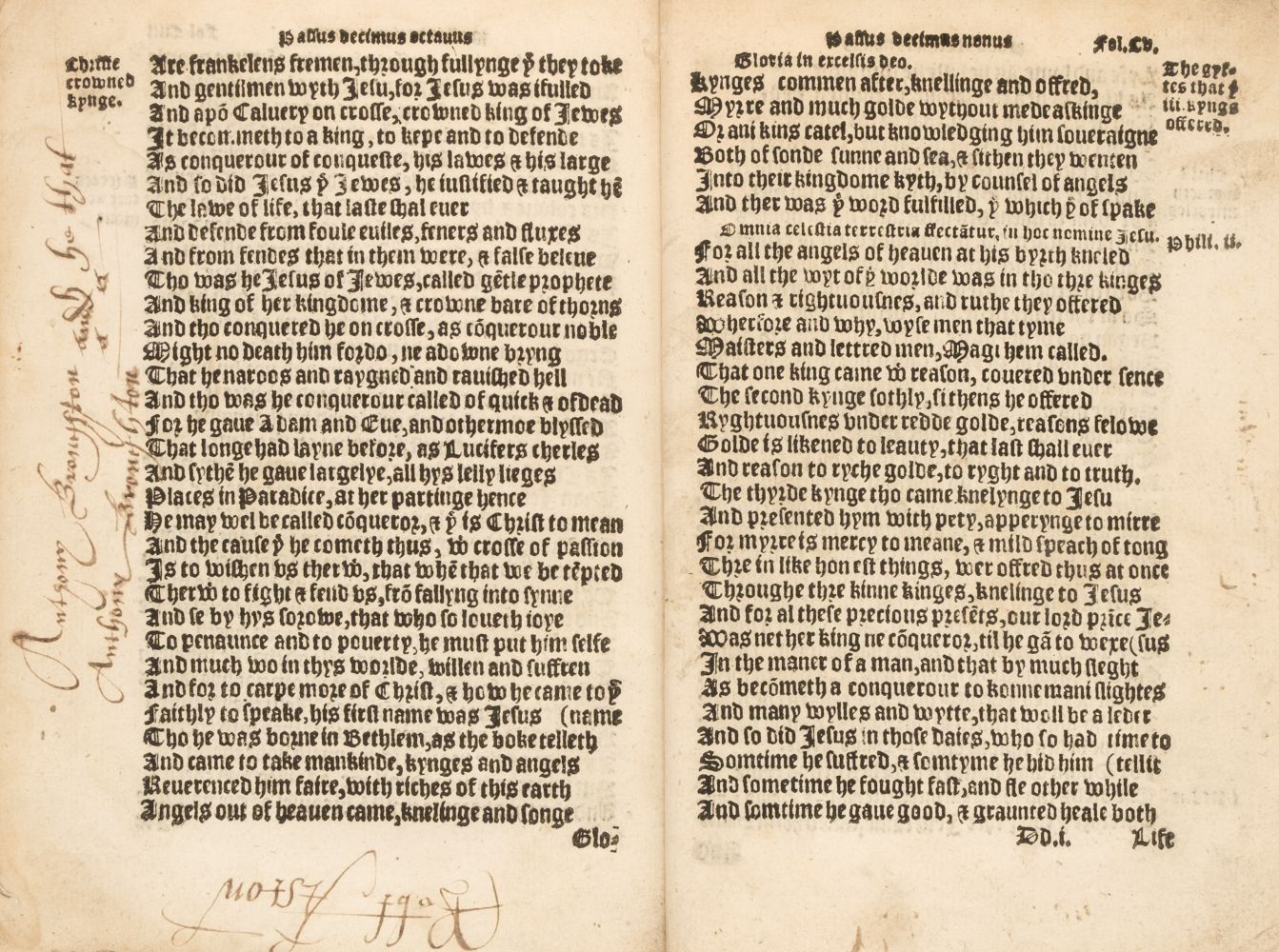
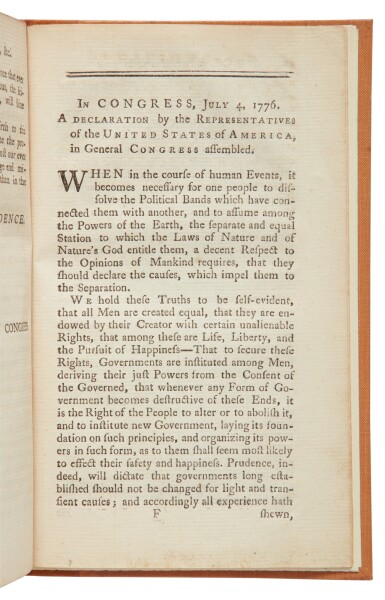

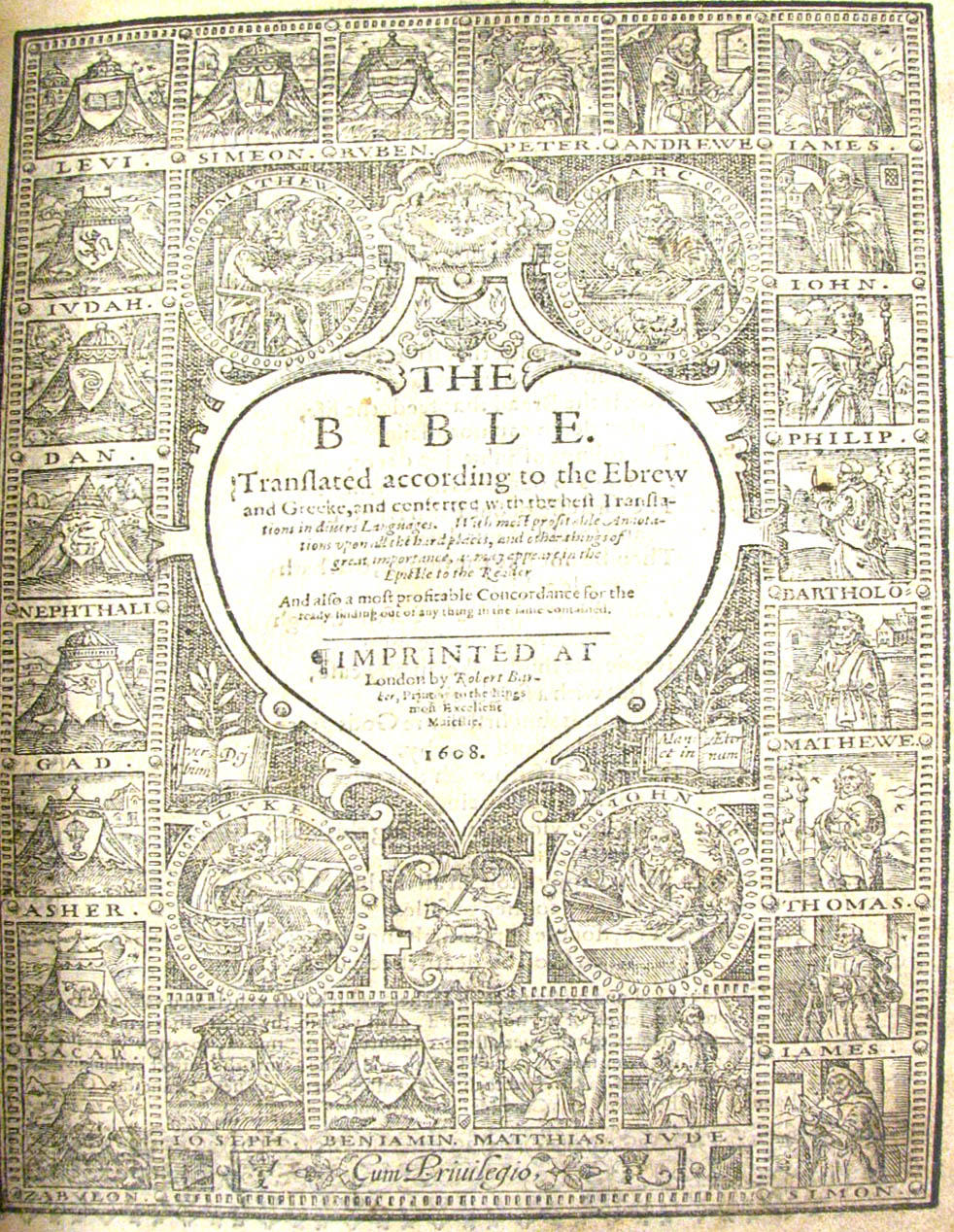
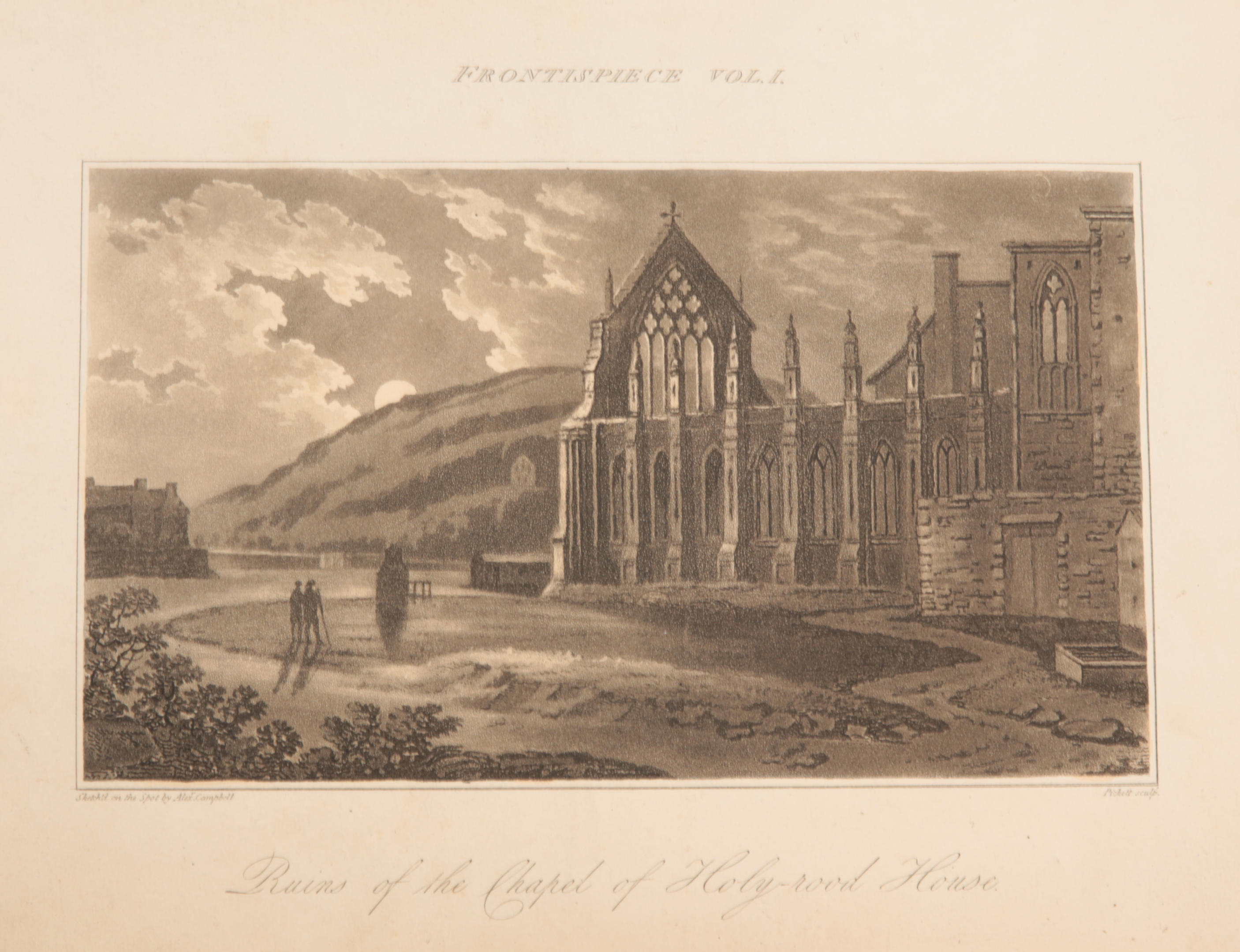
Try LotSearch and its premium features for 7 days - without any costs!
Be notified automatically about new items in upcoming auctions.
Create an alert